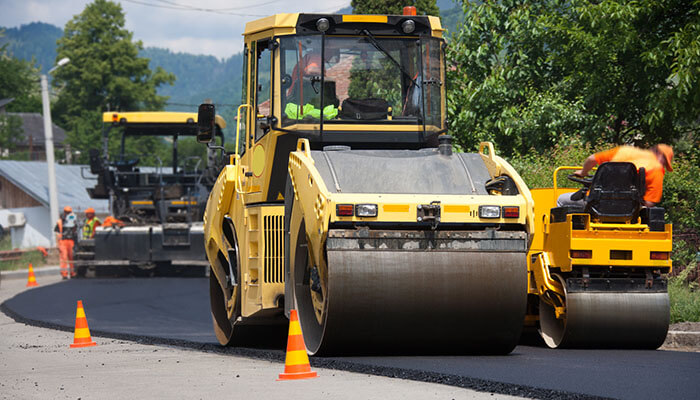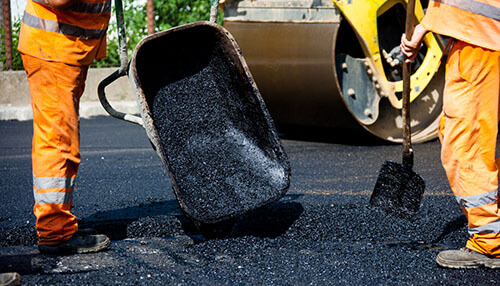Asphalt paving is a common substance that is used to pave roads and highways. It is extremely durable, long-lasting, and flexible enough to withstand heavy traffic and equipment. As a result, it is one of the world’s most widely used materials in everyday life.
Recycled Asphalt
When choosing a paving material, it’s important to remember that recycled asphalt differs from traditional asphalt. For example, recycled asphalt will be treated before being laid on your property. This process will replace lost oils and binding agents in the asphalt. Therefore, recycling asphalt is a great choice to minimize your environmental footprint.
The process of recycling asphalt has advanced due to improvements in technology and materials. However, continued research and collaboration among experts are essential to the success of asphalt paving in Seattle. Ultimately, the industry is responsible for producing safe and sustainable roads for the future.
There are two recycling methods: hot in-place recycling and cold in-place recycling. Both methods use the same methods, but the process is different. In-place recycling involves recycling the entire pavement structure and involves using a binding agent to stabilize it.
Cold Mix Asphalt
Cold mix asphalt paving technologies are well established, but additional performance information is needed to evaluate their effects on pavement durability, creep, and fatigue. More tests need to be done in the field and lab to determine these processes’ impact on roadways. Using recycled asphalt pavement (RAP) in cold mixes also needs to be evaluated.
When the aggregates are added to the mix, their size must be selected carefully. Smaller particles should be avoided, as these are prone to stripping the asphalt cement. The larger particles should pass a 0.060 mm sieve or 0.075 mm sieve. Optimal size distribution of the aggregate is critical for achieving the desired combination of strength, density, and voids.
Cold mix asphalt is used for road repairs and road patches and is also an excellent choice for crack-filling. Since it requires no expensive equipment, cold-mix asphalt can be used all year round. Some types of cold mix asphalt perform better in hot or cold climates, and some are better suited for high-dust environments. The viscosity of cold-mix asphalt determines its flow and pouring properties.
Coarse Graded Asphalt
Coarse-graded asphalt paving is a material with a higher percentage of coarse aggregate. Coarse-graded asphalt is a versatile paving material. It is used in many applications because of its higher asphalt content and modified binder. This type of asphalt is also more durable than regular mixes. It also reduces traffic noise and reflective cracking, improving motorists’ safety.
Hot mix asphalt is the most commonly used asphalt mixture. Its name comes from the size of the aggregates used in the mixing process. There are two types of hot mix asphalt: coarse-graded and fine-graded. Both types of asphalt are suitable for high-traffic areas and are used in pothole repairs.
Porous Asphalt
Porous asphalt is an excellent option for pavement, as it provides a long life with little maintenance. In addition to durability, porous asphalt is cooler than traditional pavement, reducing the demand for storm sewer systems. The American Trails Organization has enjoyed great success using this type of pavement on its trail systems. In addition, porous pavements are also cost-effective, and the American Trails Organization has seen significant savings in maintenance costs.
Porous asphalt also reduces runoff, eliminating the need for a large retention pond. Because of its porous structure, it can handle rainwater without the risk of forming potholes. Additionally, it can prevent storm sewer overflow, which would result in costly repair costs. In addition, porous asphalt does not develop heat pockets, which could result in pavement failure and cracked surfaces.
Porous asphalt surfaces are composed of a thin layer of bituminous asphalt with a low void space. When asphalt is installed on a highway, rainwater sinks into the porous surface and drains to the side. This improves visibility for drivers and reduces the risk of accidents in rainstorms. The porous asphalt surface also helps improve the quality of water runoff.



